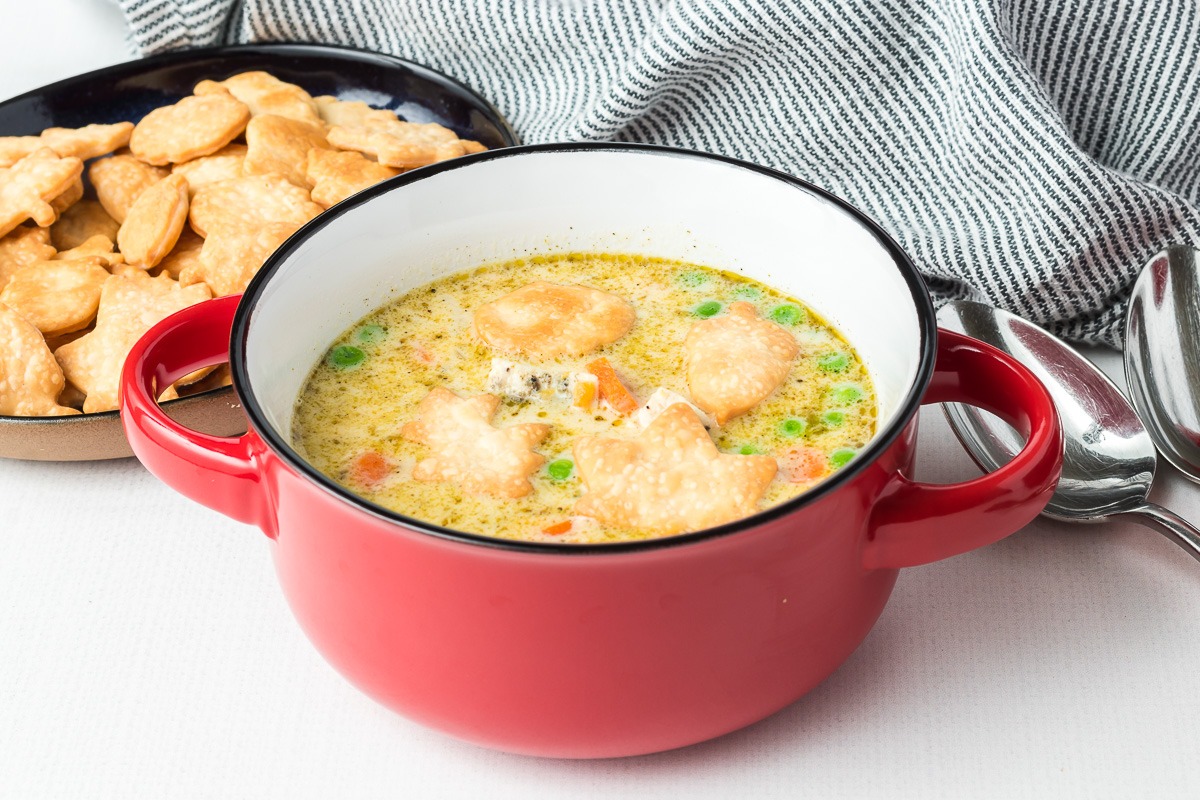Cornell University Dining: Student & Campus Life
Ingredients:
- 1/4 cup flour
- 2 cups turkey stock
- 4 cups fat free milk
- 2 large celery stalks, chopped
- 1 1/2 cups chopped onion
- 8 oz sliced cremini mushrooms
- Salt and pepper to taste
- 2 Tablespoons chopped parsley
- 8 oz frozen peas and carrots
- 1 teaspoon turkey bullion
- 2 medium potatoes, cubed small
- 16 oz cooked turkey breast, diced small or shredded
Directions:
- 1.Create a slurry by combining 1/2 cup of the cold broth with flour in a medium bowl and whisk until well blended. Set aside.
- 2.Pour remaining broth and milk into a large pot and slowly bring to a boil.
- 3.Add celery, onion, mushrooms, parsley, fresh pepper, frozen vegetables, and bullion, and return to a boil. Partially cover and simmer on low until vegetables are soft, about 20 minutes.
- 4.Remove lid, add potatoes and cook until soft, about 5 minutes.
- 5.Add turkey, and slowly whisk in slurry, stirring well as you add. Cook another 2-3 minutes, until soup thickens, adjust salt and pepper to taste and serve.
*Recipe from Skinny Taste
Nutrition Information: 1 1/3 cups| servings per recipe: 8 | Calories: 192, total fat: 2 g, saturated fat: 0 g, trans fat: 0 g; cholesterol: 1.3 mg, sodium: 159 mg, carbohydrates: 27 g, fiber: 8.3 g, sugar: 8.5 g, protein: 18 g

















